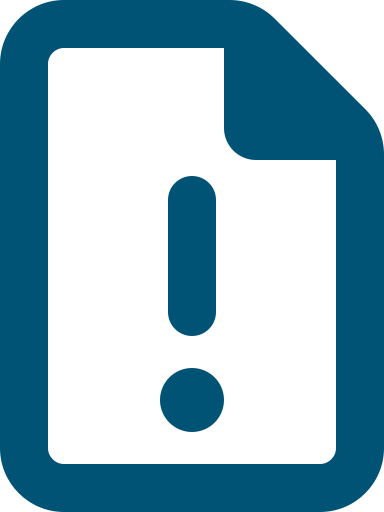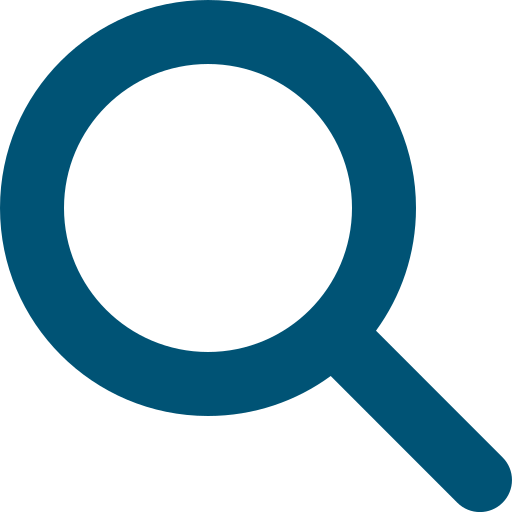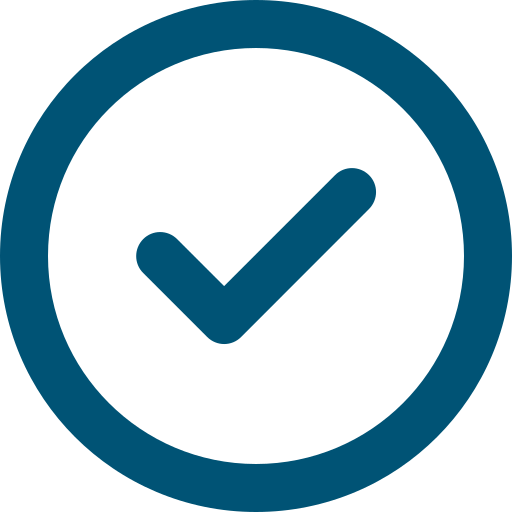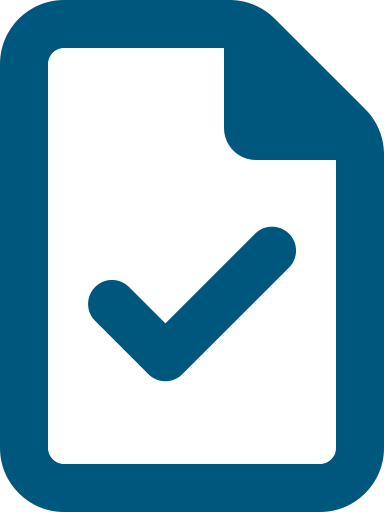Quality is key to the Commission’s purpose: to uphold rights, and protect and enhance the safety, health, wellbeing and quality of life of older people receiving Australian Government-funded aged care services.
Quality is a top priority at every level of our organisation. Our focus on quality makes sure we are ready and able to achieve our outcomes and make important changes for older people.
Our quality assurance is structured and adaptable so that we can apply it to all parts of our organisation. This helps make sure we are consistent, fair, balanced and effective in how we regulate aged care.
Our Quality Assurance Framework responds to Recommendation 5.2 of the Australian Government’s Independent Capability Review of the Commission.
Our quality assurance horizons
We have 3 quality assurance stages in our Quality Assurance Framework:
- our present
- our path
- our future.
They show how we’ll use quality assurance in our regulatory approach.
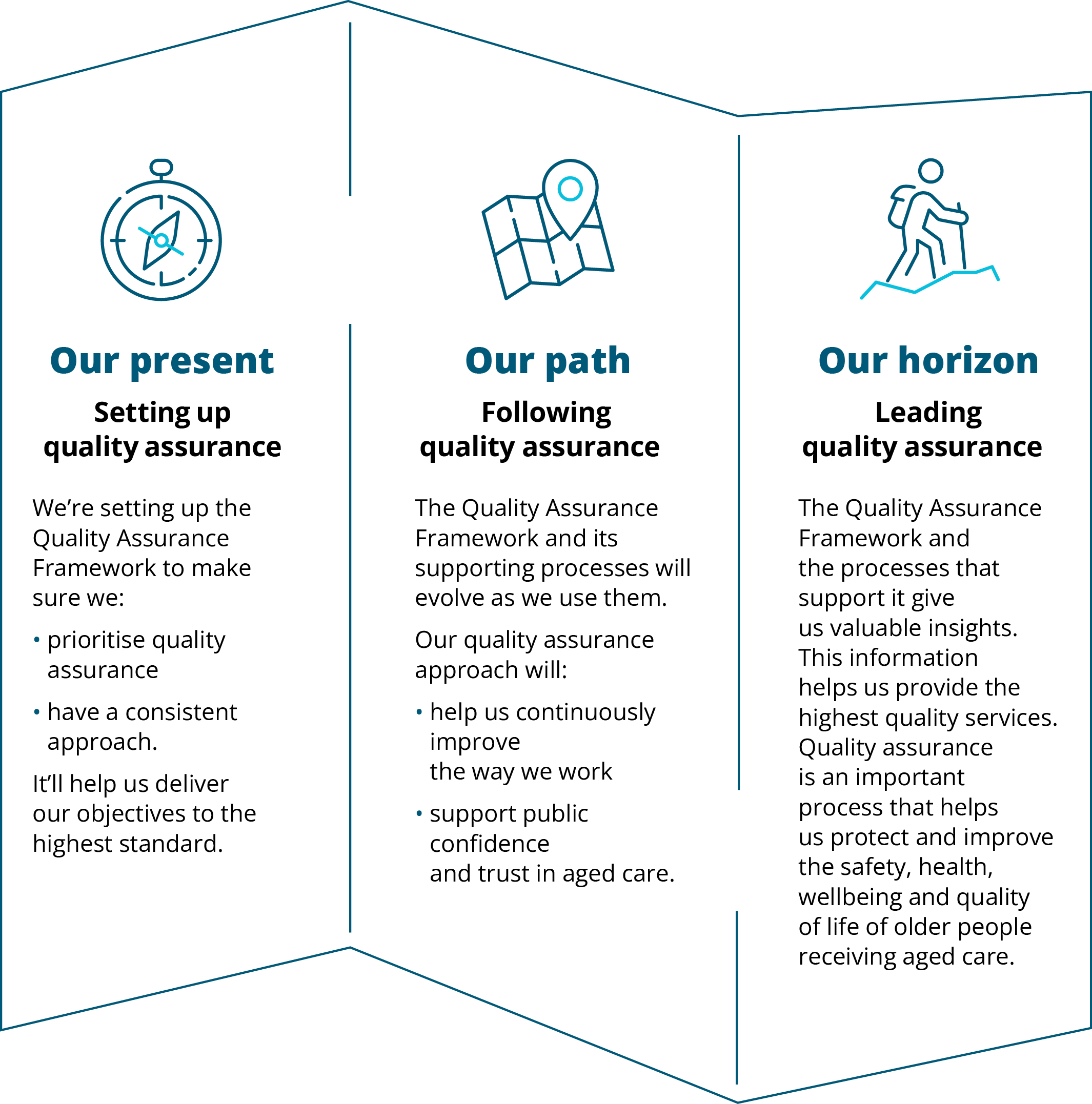
Our present – setting up quality assurance
We’re setting up the Quality Assurance Framework to make sure we:
- prioritise quality assurance
- have a consistent approach.
It’ll help us deliver our objectives to the highest standard. This horizon starts from 1 July 2025.
Our path – following quality assurance
The Quality Assurance Framework and its supporting processes will evolve as we use them. Our quality assurance approach will:
- help us continuously improve the way we work
- support public confidence and trust in aged care.
Our future - leading quality assurance
The Quality Assurance Framework and the processes that support it give us valuable insights. This information helps us provide the highest quality services. Quality assurance is an important process that helps us protect and improve the safety, health, wellbeing and quality of life of older people receiving aged care.
Quality assurance defined
At the Commission, quality means the degree to which we:
- achieve excellence
- meet the high standards expected by the public, stakeholders and the Australian Government.
The terms ‘quality assurance’ and ‘quality control’ are often used to mean the same thing. Although they’re similar, there are differences between the 2 ideas.
Quality assurance is a system. It shows the responsibilities for each part of our Quality Assurance Framework
Quality control is a type of quality assurance. Controls are day-to-day tools, procedures and checklists that we use to make sure we’re consistent.
Why we invest in quality assurance
Our Quality Assurance Framework is our detailed plan for quality assurance. We use it to improve our skills and prepare for change. It also makes sure we report our quality assurance activities and findings on our website.
Our Quality Assurance Framework:
- helps us improve our regulatory functions
- helps us be more transparent
- gives older people and providers confidence that we are committed to quality in all our operations.
Our Quality Assurance Framework has 3 layers:
- Governance and complying with our obligations under the legislation (outer layer)
- Supporting our purpose and vision (middle layer)
- Principles, processes and practices (inner layers).
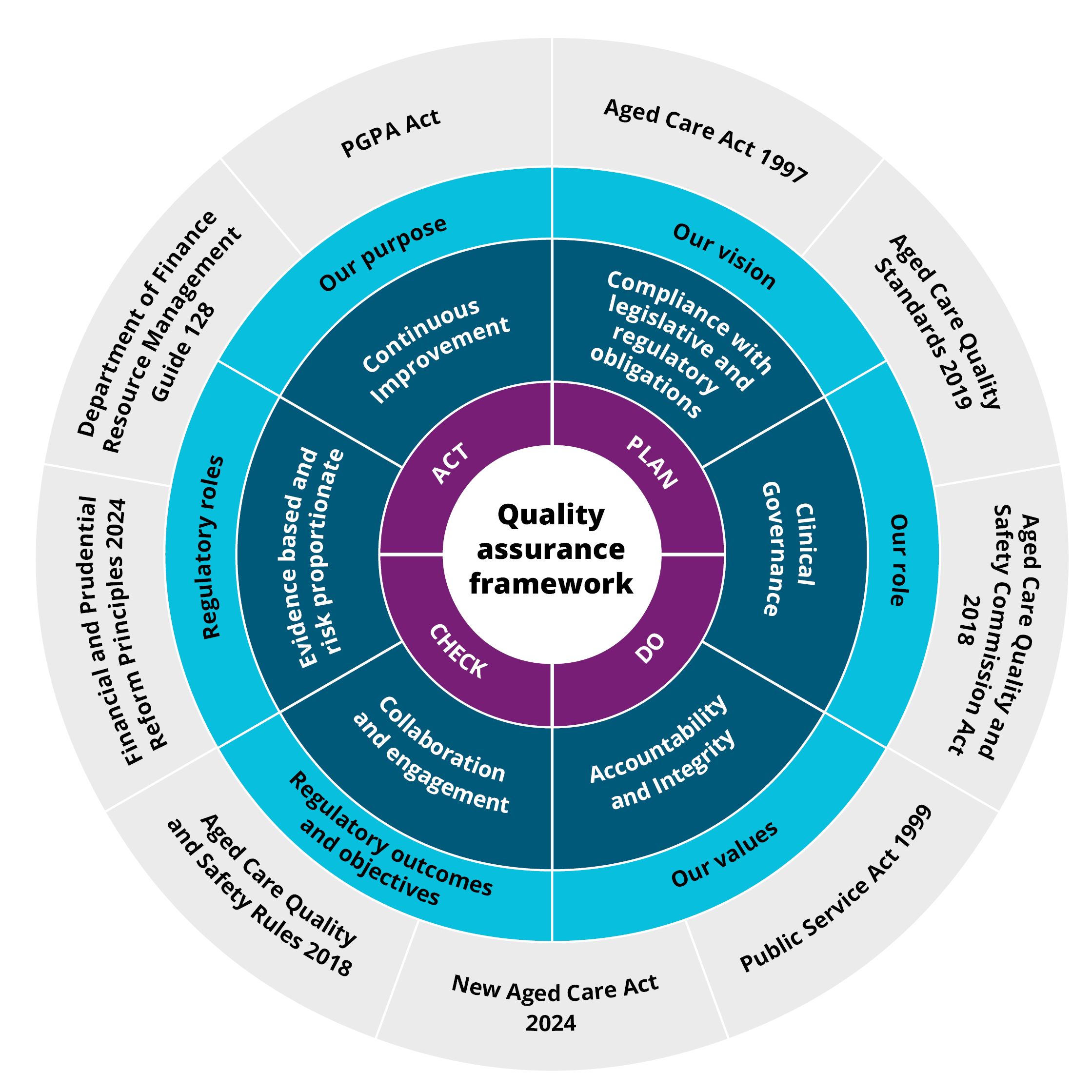
Our approach and outcomes
We use a variety of tools to guide our quality assurance approach.
These include:
- International Quality Assurance Standard – we use ISO 9001:2015 to check our performance in key assurance activities.
- Organisation management – we use quality assurance information to improve our policies, programs and outcomes.
- Culture – all our people support quality assurance. We share our insights, lessons and best practice with other regulators and stakeholders. We aim to exceed minimum requirements in all we do.
- Accountability – we use external auditing to create a culture that is accountable and focused on performance. We build trust and confidence in our work through transparency, accountability and continuous improvement.
Our quality assurance principles
These principles guide the way we think about, and apply, quality assurance.
Principle 1 Complying with legislative and regulatory obligations
We make sure aged care services comply with laws and regulations.
We regulate and support providers so older people can trust that they are safe and receiving the best possible standard of care.
Principle 2 Clinical governance
Our clinical governance systems support us to protect older people’s rights. This includes our leadership, policies, procedures, responsibilities, relationships, strategic planning, monitoring and continuous improvement systems.
We make sure older people have safe, quality, person-centred clinical care that meets their needs, goals and preferences.
Principle 3 Accountability and integrity
We are consistent, accountable and transparent to meet our strategic objectives.
We support the Australian Public Service values, ethical practices, transparency and balanced regulation. We aim for high standards of professionalism.
Principle 4 Collaboration and engagement
We promote and support a culture that collaborates and connects across the organisation.
We are a sensible and fair regulator.
We communicate in a transparent and responsive way.
We work with providers and the community to make sure we hear older people’s voices.
Principle 5 Evidence-based and in proportion to the risk
To deliver quality and safety for older people, we:
- make informed decisions
- use information, data and evidence
- consider the level of risk to older people
- consider other risks, including to regulation and to our organisation.
Principle 6 Continuous improvement
We make continuous improvement a priority across our organisation.
We support continuous improvement of the aged care sector.
We support a better experience for all older people receiving aged care.
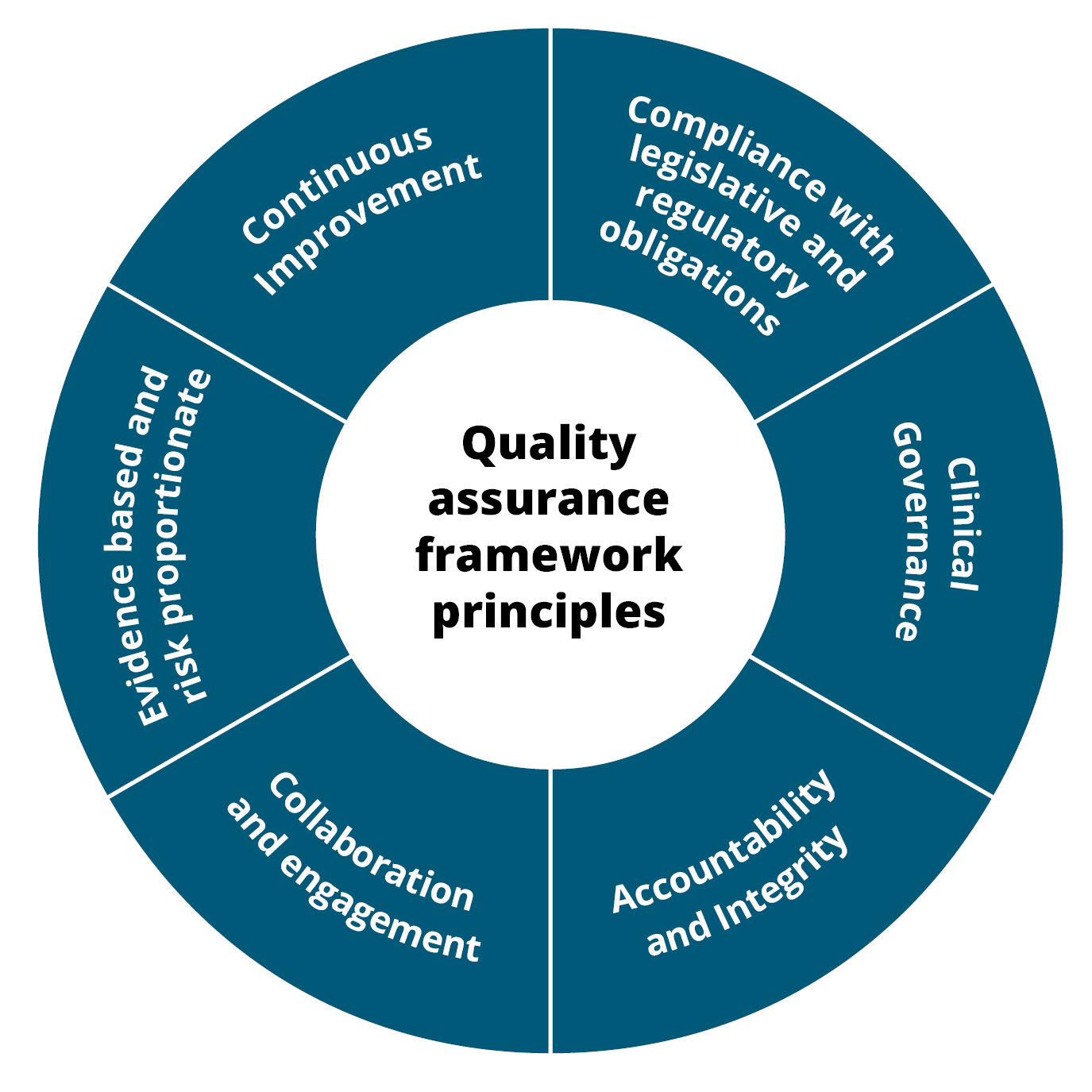
Our 3 lines of defence in quality assurance
Our Enterprise Quality Assurance Framework describes 3 levels of quality assurance:
- day to day
- monitoring and reporting
- independent oversight.
Each level has a specific role in our ‘3 lines of defence' model. This model guides us on when and how to carry out quality assurance.
First line of defence for quality assurance – day to day
The first line of defence for quality assurance is the way we carry out our daily quality-related activities. For example, how we run our programs and projects and the activities of each team.
We can meet our quality assurance goals by delivering our products and services in line with the Quality Assurance Framework.
Second line of defence for quality assurance – monitoring and reporting
The second line of defence for quality assurance is dedicated in-house quality assurance supervisors. These supervisors monitor and support Commission staff to use effective quality assurance in their day-to-day activities.
They include the:
- Enterprise performance, assurance and audit team
- Strategy, performance and quality committee.
These quality assurance supervisors develop and keep up to date our quality policies, procedures and standards. They also provide oversight and stewardship of assurance activities.
Results from these activities are reported to the Strategy Performance and Quality Committee. These are ‘check’ and ‘act’ parts of the quality assurance cycle.
Key findings will be publicly reported in line with Recommendation 5.2 of the Australian Government’s Independent Capability Review of the Commission.
Third line of defence for quality assurance – independent oversight
The third line of defence for quality assurance is independent audit. This gives us an unbiased report on how effective our in-house quality assurance processes are.
Independent oversight helps us work towards achieving ISO 9001 quality management certification.
For more information contact governance@agedcarequality.gov.au
